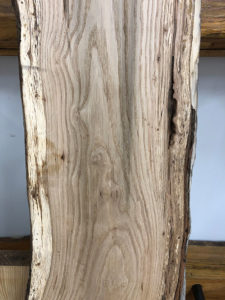
Hickory
Varies widely- sapwood is white, heartwood varies from tan to dark reddish brown. Heart and Sap mixed on a board is referred to as Calico.
Spalted wood is that which has been cut from a naturally cured, dead, or dying hardwood tree whose wood is normally light in color (such as pecan), and which exhibits patterns of dark stain (crazed) lines and splotches caused by microorganisms and/or fungus. Although slightly more brittle and porous than normal wood from the same species of tree, spalted wood nevertheless can be used to make decorative items and small pieces of furniture.

Varies widely- sapwood is white, heartwood varies from tan to dark reddish brown. Heart and Sap mixed on a board is referred to as Calico.
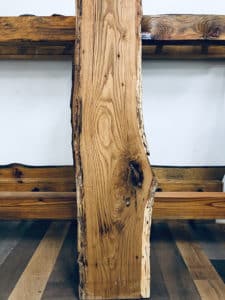
Color and grain is similar to hickory, commonly mistaken as hickory. Pecan has amazing grain and is very hard. Produces excellent carvings.
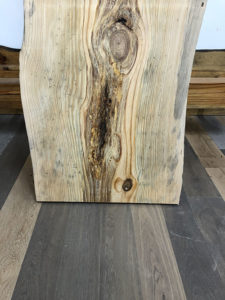
NC is the home of some of the largest Southern Yellow Pine trees. Yellow pine has a softer sapwood with very dense heartwood. Burns in
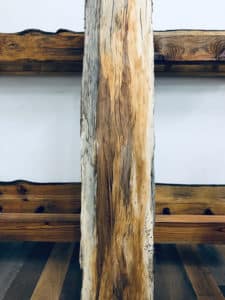
Poplar Heartwood is light cream to yellowish brown, with occasional streaks of gray or green. Sapwood is pale yellow to white. Poplar can comtimes have
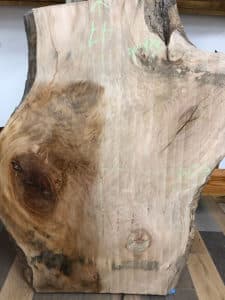
The sapwood is white to light tan, while the heartwood is a darker reddish brown. Carves well and burns well.
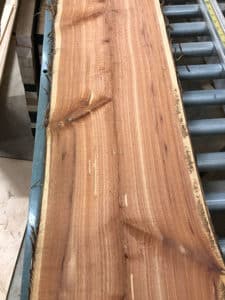
Very Aeromatic if not finished. Heartwood tends to be a reddish or violet-brown. Sapwood is a pale yellow color, and can appear throughout the heartwood
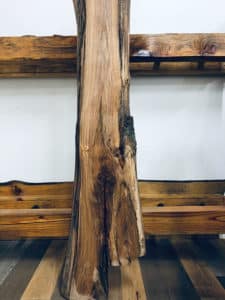
Red Oak Grain is straight, with a coarse, uneven texture. The pores are very large almost straw like. Plentiful in NC and grows very large.
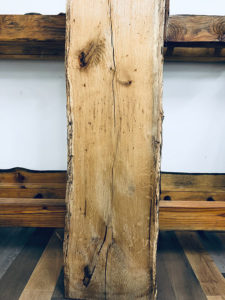
White Oak Grain is straight, with a coarse, uneven texture. Similar to red oak the sapwood and heartwood have a transition sometimes hard to spot.
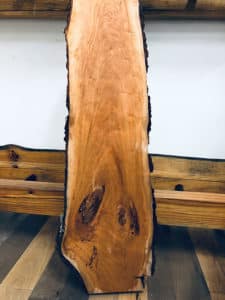
American Cherry Sapwood is creamy white, Heartwood is Red. Cherry doesn’t grow large in NC but is a beautiful warm red color.
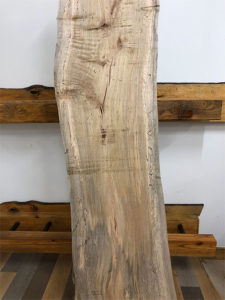
Our favortive species to carve. Sweetgum spalts easily, has a range of colors and grows large in NC.
Copyright © 2022 American Woodworkery, Inc | Privacy Policy | Website managed by Jaspin Interactive